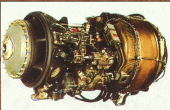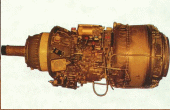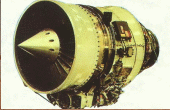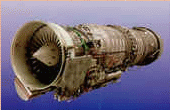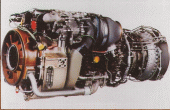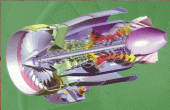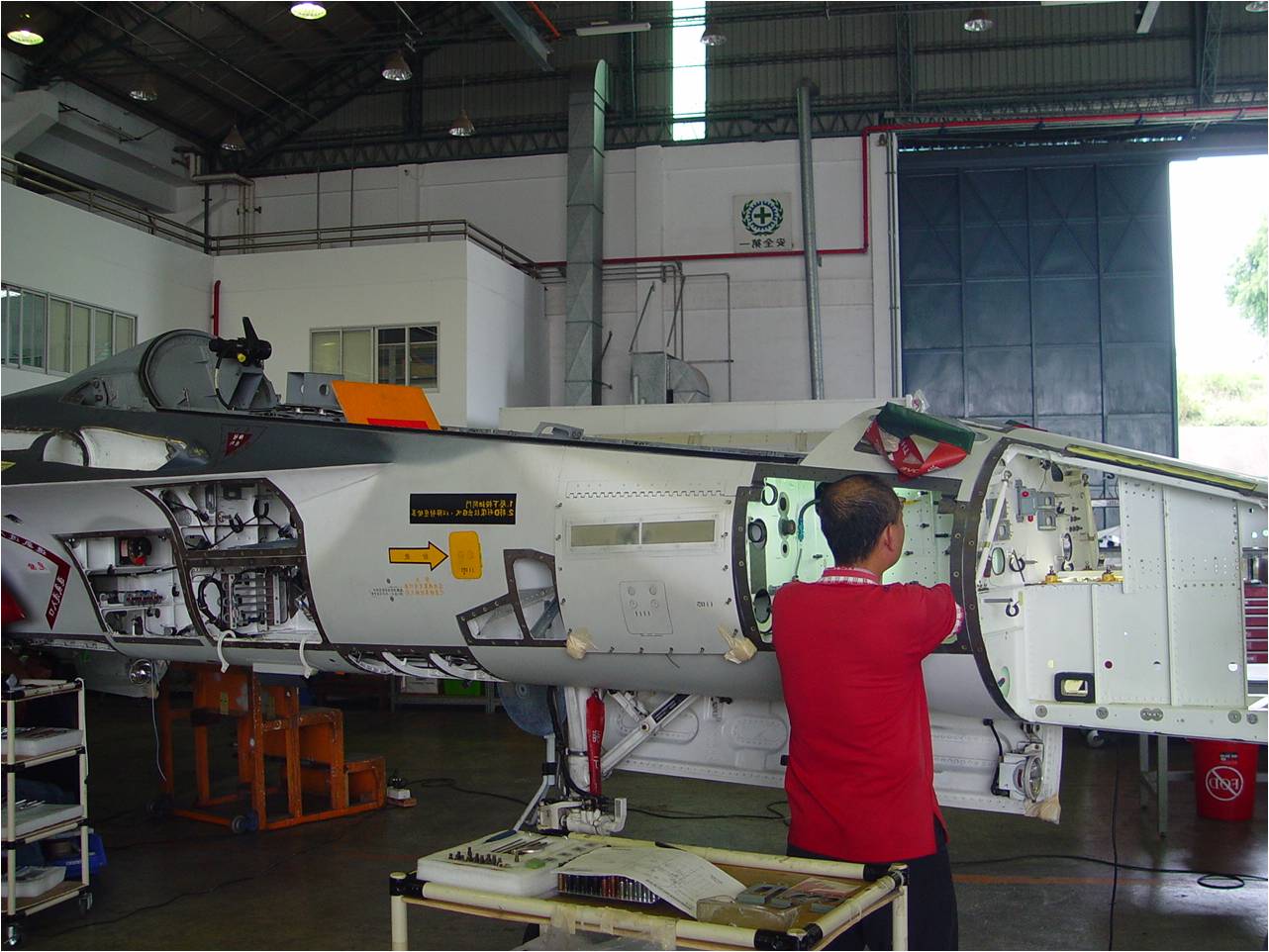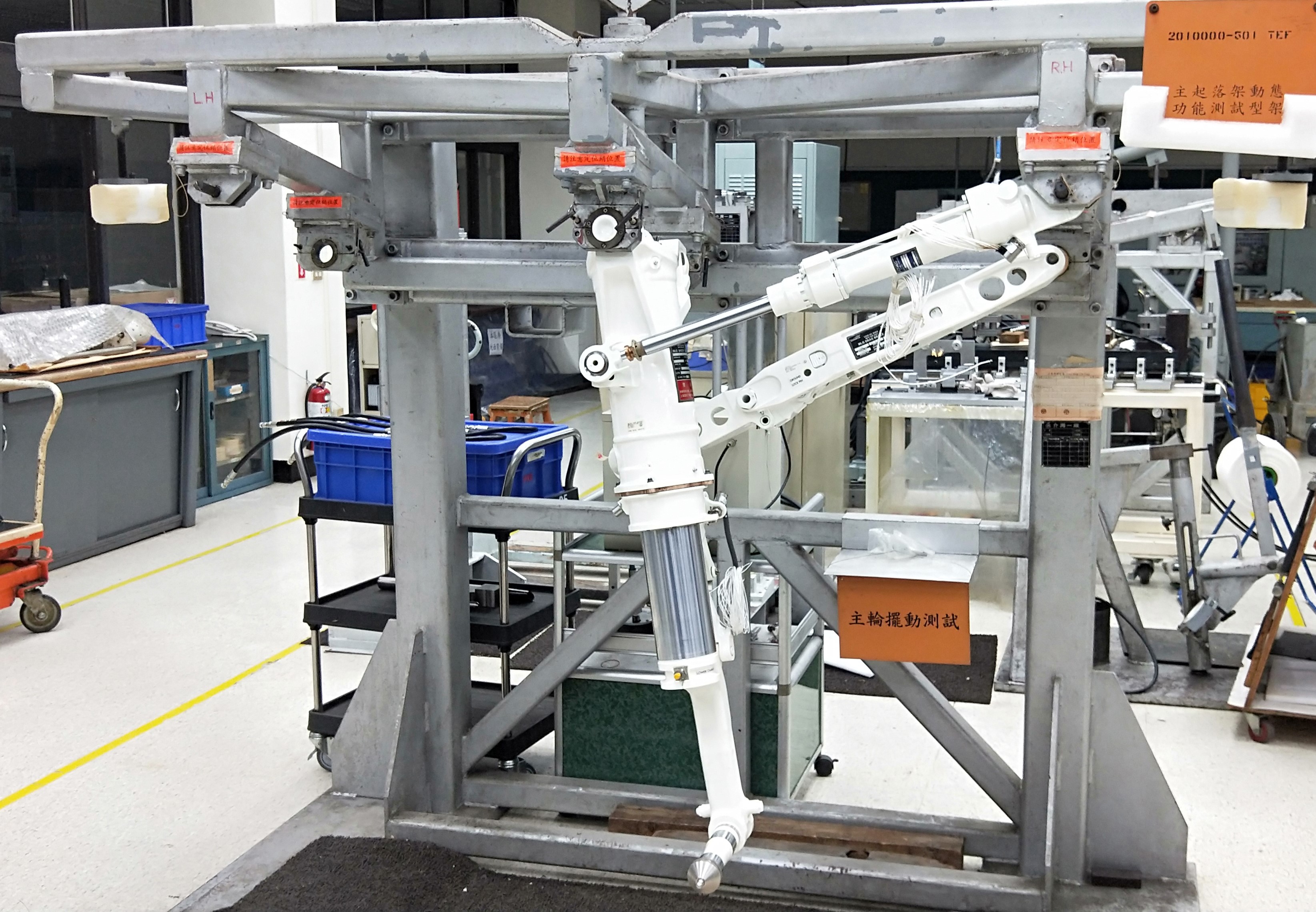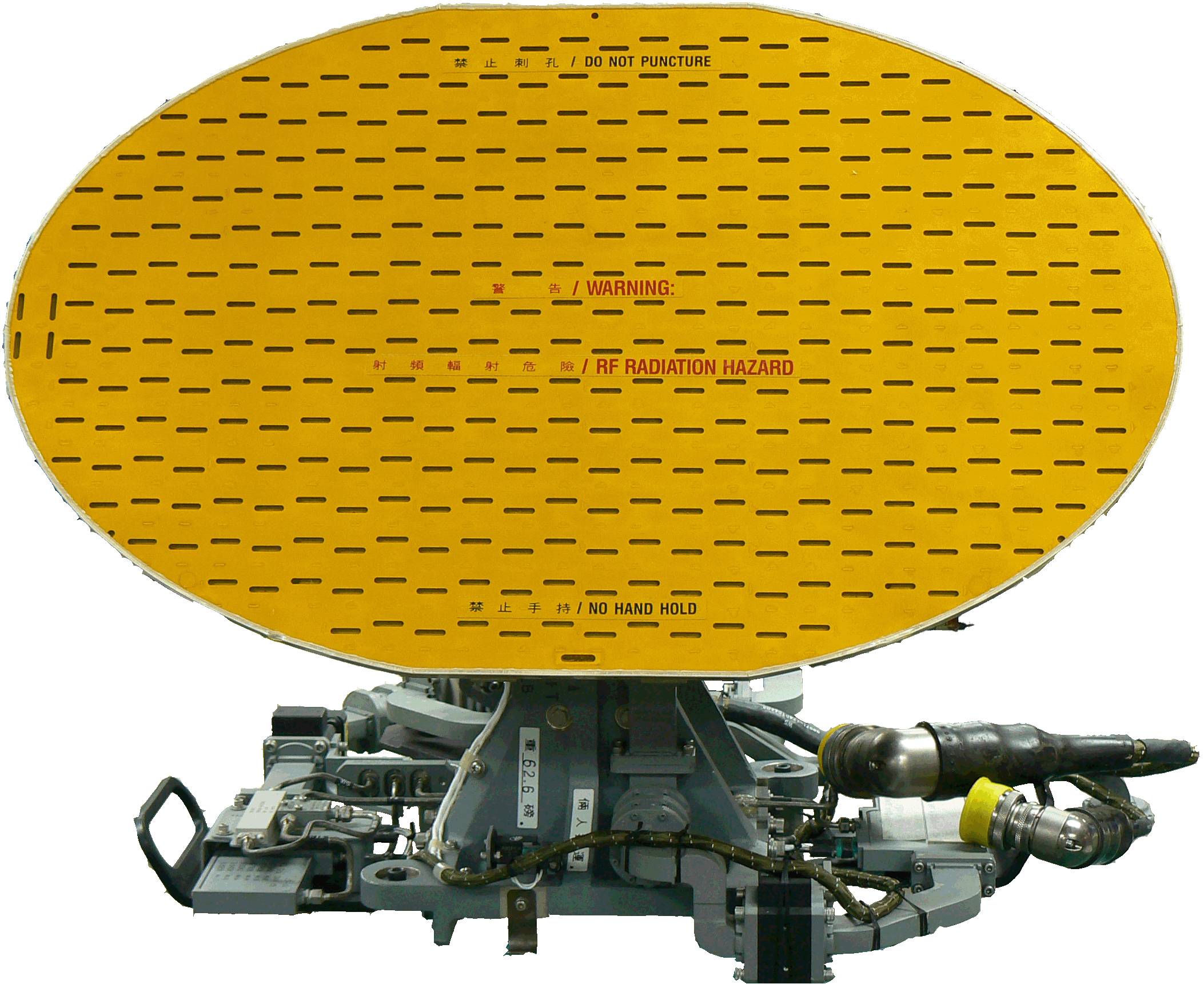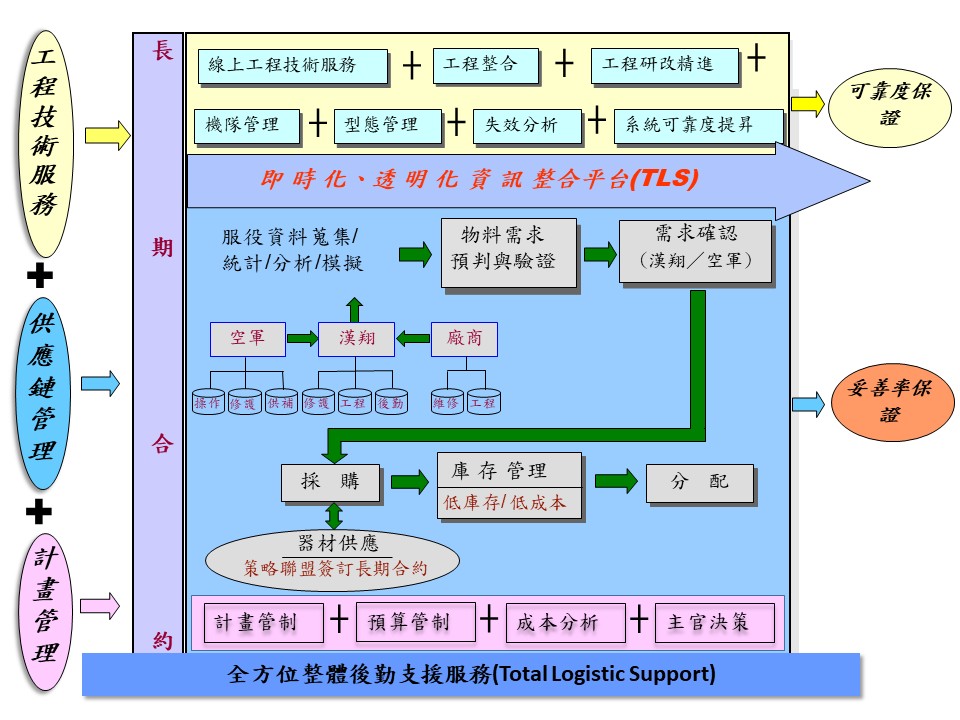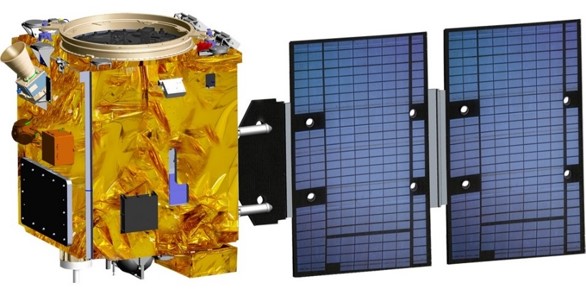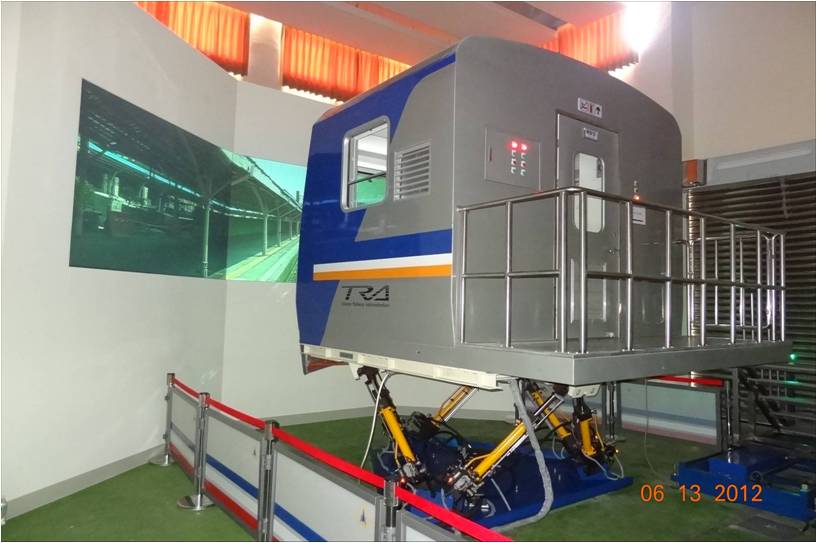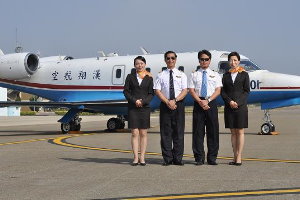2015/8/20
The Central Weather Bureau (CWB) activated the Dropwindsonde Observation for Typhoon Surveillance near the Taiwan Region (DOTSTAR) project on August 20, 2015 with the approach of Typhoon Goni. The weather conditions of Goni were more severe than the previous typhoons which resulted in cracking of the surveillance aircraft windshield when it flew into the storm to cast the dropsonde. The aircraft landed safely given the experience and skill of the pilot and crew.
AIDC’s typhoon surveillance aircraft rolled out at 4:30 a.m. that day with staff of the CWB and headed toward the outer skirt of Goni Typhoon. The flight plan was to set a path within the storm radius, where the wind was 60 meter/second, but subject to actual weather conditions and pilot’s discretion. The mission dropped a total of 15 dropsondes, 5 in the severe turbulence zone and 10 in the moderate turbulence zone.
The mission aircraft which was parked on the runway waiting to be towed back to the hanger after its landing could be seen that its left windshield had two apparent cracks. According to the crew members, it went well at the beginning until the 12th dropsonde was disposed that they found a spot on the windshield started to generate a crack. The aircraft was at 43,000ft and on the edge of the Goni at that moment. The pilot decided to disengage and return to the base safely despite there were 3 more dropsondes waiting to be deployed according to the original plan.
Typhoon surveillance is obviously a risky task. One can tell it from the patches on the nose gear. According to the pilot, the heavy rain and turbulence usually accompanied by hail and the hail would damage the surface of the airframe. With many other unpredictable factors that may impact flight safety in such a demanding and severe weather, the risks of the DOTSTAR mission is far beyond imagination.
AIDC’s typhoon surveillance aircraft rolled out at 4:30 a.m. that day with staff of the CWB and headed toward the outer skirt of Goni Typhoon. The flight plan was to set a path within the storm radius, where the wind was 60 meter/second, but subject to actual weather conditions and pilot’s discretion. The mission dropped a total of 15 dropsondes, 5 in the severe turbulence zone and 10 in the moderate turbulence zone.
The mission aircraft which was parked on the runway waiting to be towed back to the hanger after its landing could be seen that its left windshield had two apparent cracks. According to the crew members, it went well at the beginning until the 12th dropsonde was disposed that they found a spot on the windshield started to generate a crack. The aircraft was at 43,000ft and on the edge of the Goni at that moment. The pilot decided to disengage and return to the base safely despite there were 3 more dropsondes waiting to be deployed according to the original plan.
Typhoon surveillance is obviously a risky task. One can tell it from the patches on the nose gear. According to the pilot, the heavy rain and turbulence usually accompanied by hail and the hail would damage the surface of the airframe. With many other unpredictable factors that may impact flight safety in such a demanding and severe weather, the risks of the DOTSTAR mission is far beyond imagination.

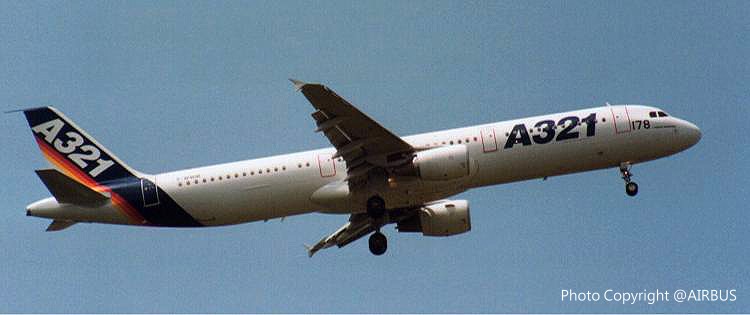
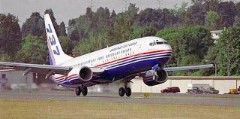
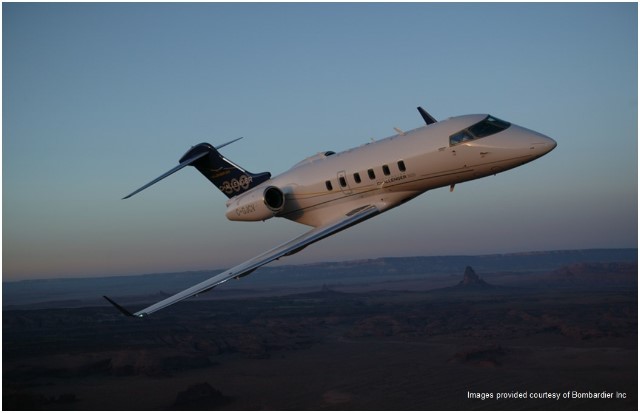
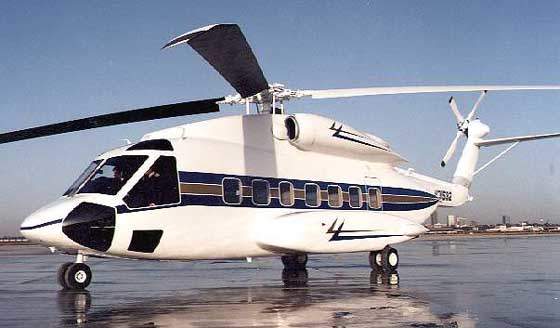
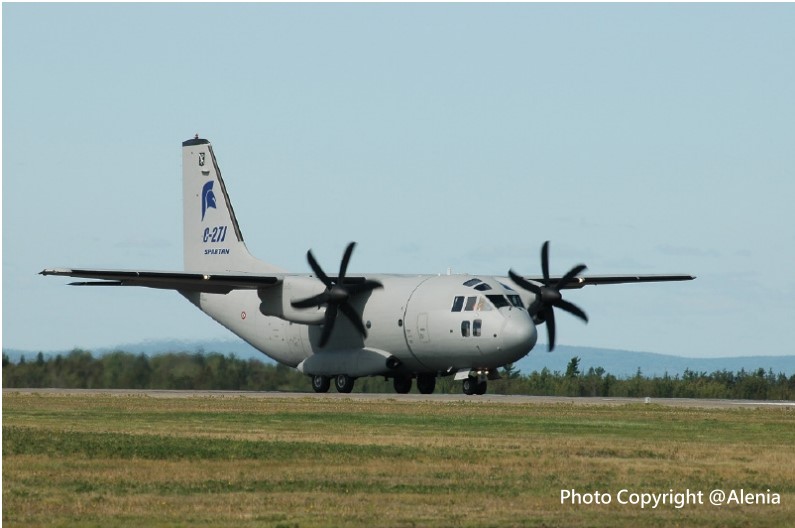

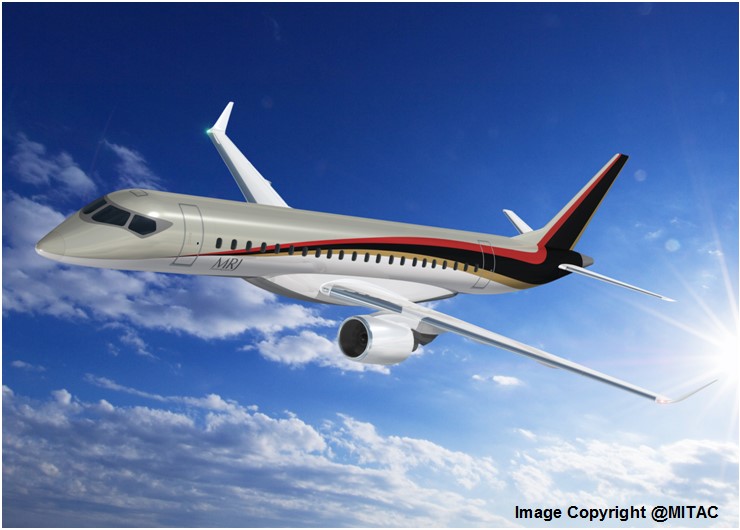
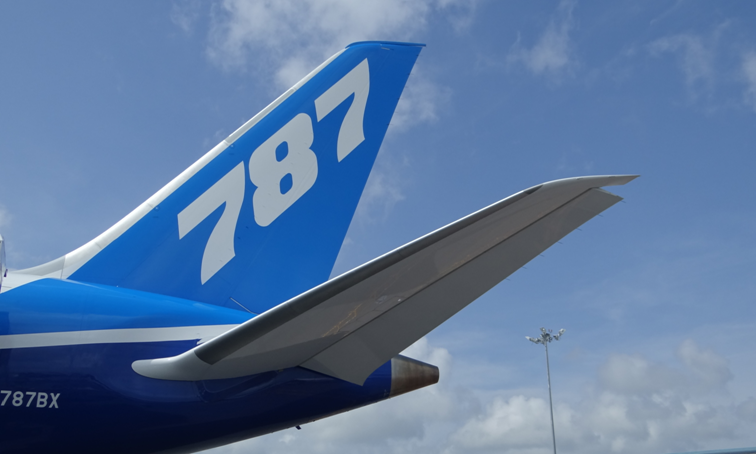
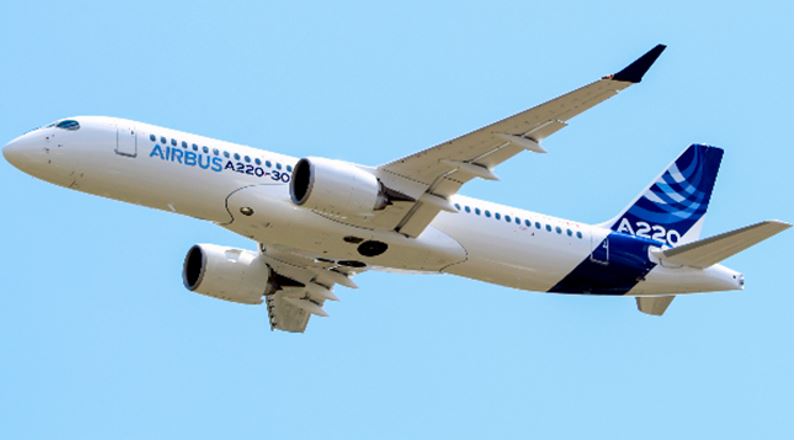


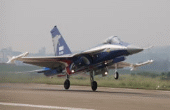
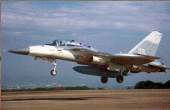
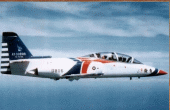
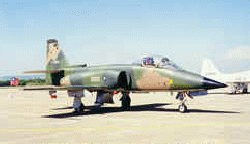
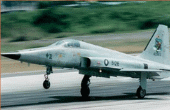
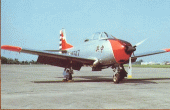
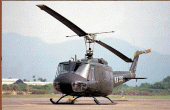
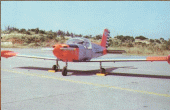
.jpg)
